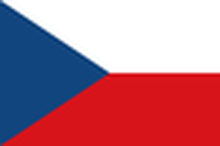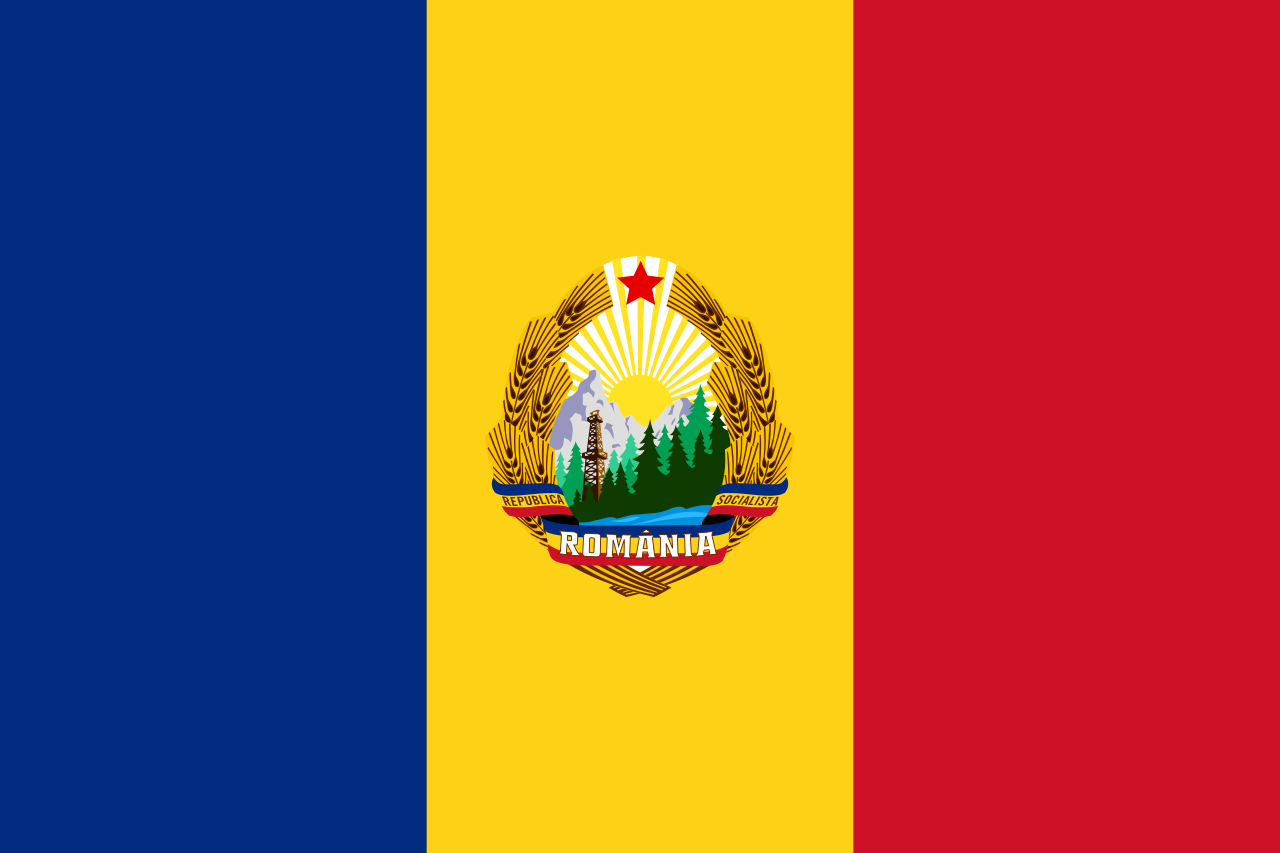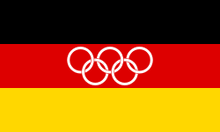
10. Olympic Winter Games
Olympic Medals in the games of 1968 in Grenoble
106 Medals in 10 Sports in 35 Events
With Grenoble, France hosted the Winter Games for the second time in Chamonix after 1924. These took place from February 6th to 18th. February 6, the opening day, was the last day that athletes from other sports met. Those who had not yet left for the closing ceremony had a second meeting. This is because only the ice athletes lived in Grenoble, everyone else was accommodated up to 65 km from the city center around Grenoble in the surrounding mountain ranges. The Olympic Winter Games have never seen such distances before.
Grenoble and the surrounding area had 250,000 inhabitants and wanted to develop further. But no financial help was expected from Paris and the department. Therefore, the city took advantage of the chance of the Olympic Games. As soon as Grenoble was chosen as the venue, the attitude of the French rulers changed. President Charles de Gaulle saw the opportunity to present Grenoble as a symbol of France's modernization. An investment sum of over 1 billion francs was made available, the majority was invested in the infrastructure. Although this sum was the largest in the history of the Winter Olympics, the investment has paid off. The city now had an airport, a new main train station, 36 km of new motorway, a new town hall, hospital, fire station, police headquarters, and the latest radio and television systems. 9% of the billion was used for new sports facilities. Today, the Grenoble region has 665,000 inhabitants and is by far the largest city on the edge of the Alps.
The all-German team was finally history. The GDR had been a full IOC member since 1965. The Federal Republic of Germany and the German Democratic Republic competed in separate teams, but they both still had the German flag with the white Olympic rings. Beethoven's "Ode to Joy" from the 9th symphony was played as a replacement anthem. The Grenoble Winter Games were the only ones where the FRG was more successful than the GDR. From 1972 to 1988 the GDR should be much more successful. The GDR was the only state that anchored the promotion of physical culture, school and popular sports in the constitution. Children were already tested in kindergarten for which sport they could be suitable in the future. The greatest talents were promoted under the care of the state, everything was assumed to be a sporting success, and an extensive doping system was used without restraint. The health of the athletes and any long-term consequences were irrelevant as long as the goal was achieved: recognition of the GDR among its own population and internationally.
On December 16, the Olympic torch was lit in ancient Olympia and then carried to Athens. She came to Paris by plane, was then carried, driven, swam and rowed over a distance of more than 7,200 kilometers across France and 170 cities past around two million spectators. A novelty was an Olympic mascot.
The residents of Grenoble were primarily interested in one sport: Alpine skiing. In 1956, the Austrian Toni Sailer won gold in the downhill, giant slalom and slalom. Jean-Claude Killy was the darling of the masses, the media asked him to imitate Sailer. He won the downhill, then the giant slalom. Now only the slalom victory was needed. Tens of thousands of spectators came and saw nothing. Because the slalom slope was shrouded in thick fog. Killy had the best view in the first run and set the fastest time. After the second run he was third. In a nebulous five-hour consultation, the Norwegian Håkon Mjøen and the Austrian Karl Schranz were ultimately disqualified for alleged goal errors. The Austrian ski association lodged a protest, which was rejected in mid-June. Killy's slalom gold is and remains nebulous.














